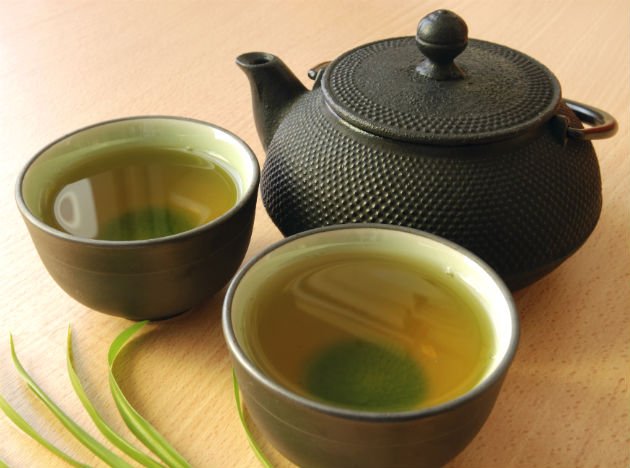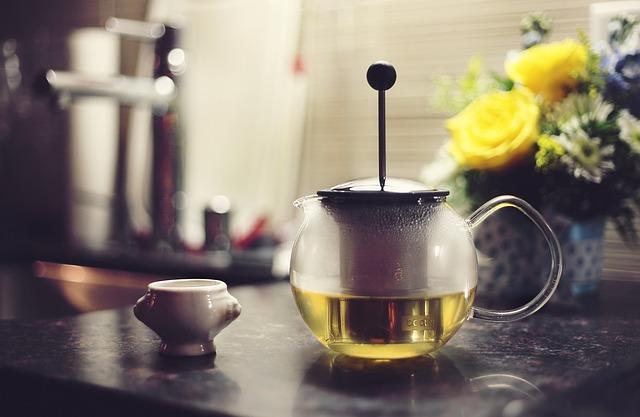Burn Calories and Get an Energy Edge with EGCG
By Jonny Bowden, PhD, CNS aka “The Rogue Nutritionist”™
Jonny Bowden, PhD, CNS, aka “The Rogue Nutritionist” ™ is the bestselling author of 14 books on health including “Living Low Carb” and “The Great Cholesterol Myth”.
I’m a huge fan of tea for both its health properties and as an energy drink in general. And while all tea is great, one particular compound in green tea, called epigallocatechin gallate, or EGCG for short, has been isolated and is available as a supplement. And I think it’s great for energy, even more so if you’re not drinking tea on a regular basis.
EGCG is a member of a family of substances found in tea called catechins, which are in turn a member of a larger class of plant chemicals called polyphenols. These polyphenols are thought to be responsible for a large measure of the health benefits of tea, but EGCG in particular is of special interest to those of us looking to get an energy edge.
EGCG sparks a process in the body known as thermogenesis, or heat production (thermo means “heat,” genesis means “making new”). You may know the process of thermogenesis by its more common term “fat burning.” And sure enough, EGCG has been found to be of great interest to those on a weight management program for the same reason it may help you with your energy.
Green Tea helps burn calories!
Here’s what we do know: Green tea consumption leads to a significant increase in calorie burning, a decrease in body weight, and a decrease in waist circumference all while producing no real change in heart rate or blood pressure. Researchers suspect that one of the ways it accomplishes this is by possibly prolonging the effects of norepinephrine, one of the stimulating chemicals in the body. Traditional Chinese Medicine has long recommended green tea for all sorts of ailments and conditions, including headaches, body aches and pains, digestion, depression, immune enhancement, detoxification, and … as an energizer!
Makes sense. In one study, which appeared in the December 1999 American Journal of Clinical Nutrition, researchers measured energy expenditure (calories burned) in ten healthy young men who were randomly given either a standard green tea extract (375 mg of catechins and 150 mg of caffeine), 150 mg of caffeine by itself, or an inert placebo. Believe it or not, the caffeine was no better than a placebo at speeding up metabolism, but the men receiving the green tea extract burned an average of 78 calories a day more. Another study, this one published in the September 2005 British Journal of Nutrition, found the increased calorie burn was a little higher—about 178 calories a day for a combination of 200 mg of caffeine with any dose of EGCG tested, from 90 to 400 mg.
While that amount of calories per day isn’t enormous, it’s still significant and those calories do add up. And considering all the other health benefits besides “metabolism boosting,” and that there were zero negative effects (e.g., no increase in heart rate), and also that the green tea tends to stimulate not just calorie burning but fat burning as well, it’s hard to argue that green tea extract—EGCG—wouldn’t be a great addition to a supplement program for energy enhancement.
Want to learn about three foods that will upgrade your metabolism? Watch this video from Dr. Jonny.
Get Dr. Jonny’s excellent book “The Great Cholesterol Myth” on Amazon.com









